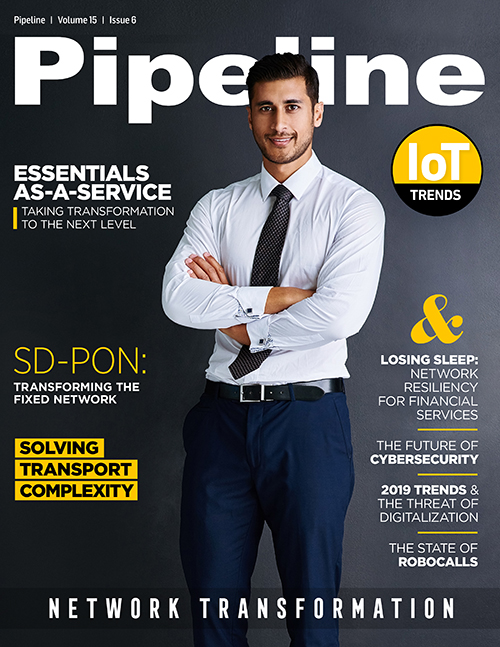The State of Robocalls And What's Next For Carriers
STIR/SHAKEN
STIR/SHAKEN employs the same type of public/private key structure that has been used on the Internet to prevent the spoofing of websites. This process can attest to the authentication of the calling party telephone number—and is indisputably an essential foundational layer to combat spoofing—but is not able to address the question of intent. Bad actors will be able to make malicious calls from numbers that they have been assigned by a provider and will be able to burn through those numbers and then move on to the use of new numbers to avoid detection.
Real-time Analytics
If those whose work has been focused on detecting and addressing nuisance and illegal robocalls know one thing, it is that bad actors change tactics quickly. Use of spoofed numbers is one of those tactics, as robocall scammers believe users are more likely to answer the phone if Caller ID shows a familiar number.
Advanced machine learning methods for blocking robocalls using real-time AI in combination with big data gleaned from the network addresses the constantly changing identities of robocallers and can help carriers rapidly spot emerging trends and tactics. Machine learning is a method used to devise complex models and algorithms that lend themselves to predictive analytics. The analytical models allow data scientists to produce reliable and repeatable decisions while also uncovering hidden insights through learning from historical relationships and trends in the data.
And as referenced, crowdsourced feedback is another valuable data input for carriers. By supplementing the unstructured data provided by the machine learning methods, crowdsourced data allows the analytics layer to provide information at a more granular level to differentiate a call, for instance, from a financial institution about a fraud alert from a call asking a consumer to claim a free cruise.
Branded Calling For Enterprises
Consumers are not the only customer segment impacted by robocalls. Enterprises, particularly those whose business relies heavily on contact centers and calling campaigns to customers and prospects, must also navigate this new reality where their legitimate efforts are undermined by robocall bad actors.
Carriers should evaluate enhanced enterprise-focused tools such as Branded Calling, through which a logo and other business information may be displayed when the call is authenticated. There are also emerging solutions carriers can offer to provide aggregators and enterprises with a lens into their call centers’ practices and allow them to understand what will and will not trigger negative reputational scores. The registration of calling campaigns, for example, could yield positive results, as analytics engines better understand sudden spikes in calling traffic.
Carriers—as well as other stakeholders throughout the telecommunications industry ecosystem—recognize the risks associated with the rising tide of bad actor robocalls. If consumer trust in voice calling weakens, so does the relationship carriers have with their subscribers. At the same time, working proactively to develop innovative solutions to reduce robocall volume offers an opportunity for carriers to enhance the user experience and maintain a strong relationship with consumers and businesses.



















